First example for the enantioselective fluorescent recognition of amino acids in the fluorous phase
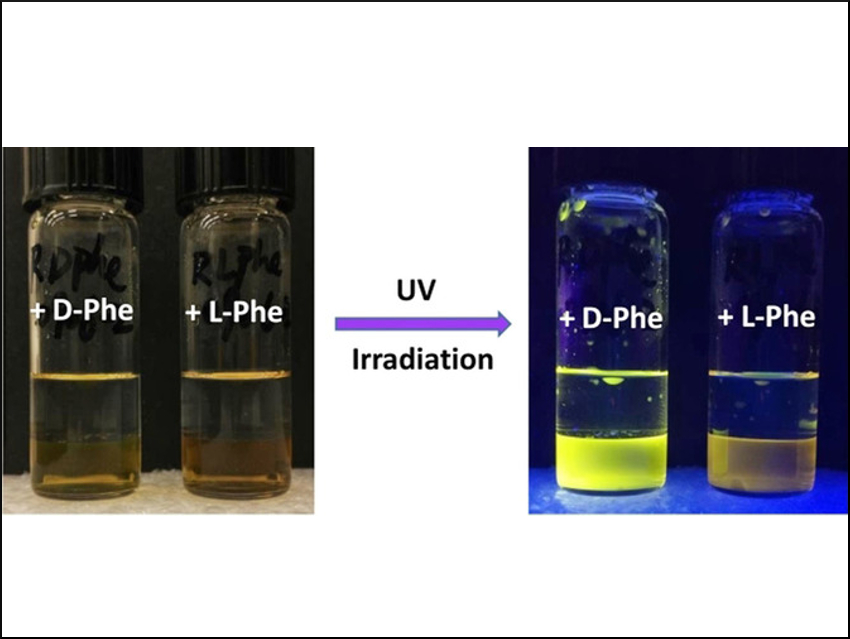
Enantioselective Recognition of Amino Acids
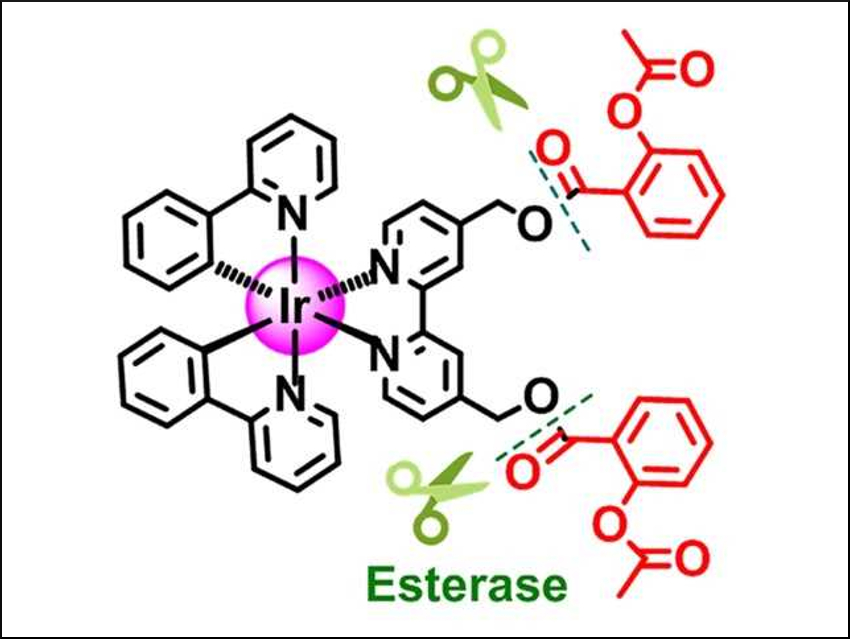
Rare Possibility to Fight Cancer Investigated
Iridium-Aspirin conjugates target both mitochondria and the immune system to combat cancer
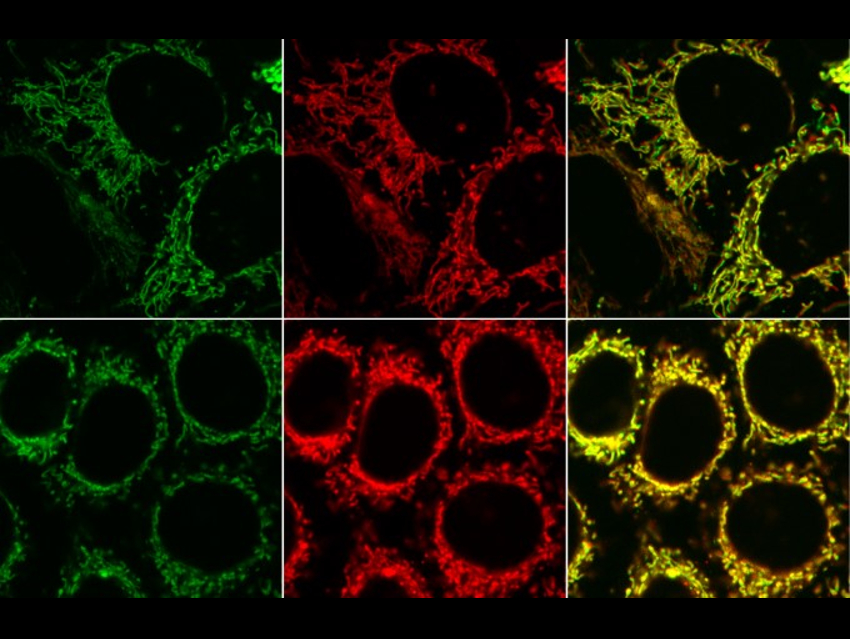
Better In Vitro Visualization of Biomolecules
Fluorescent pyridazines provide good signal-to-noise ratio
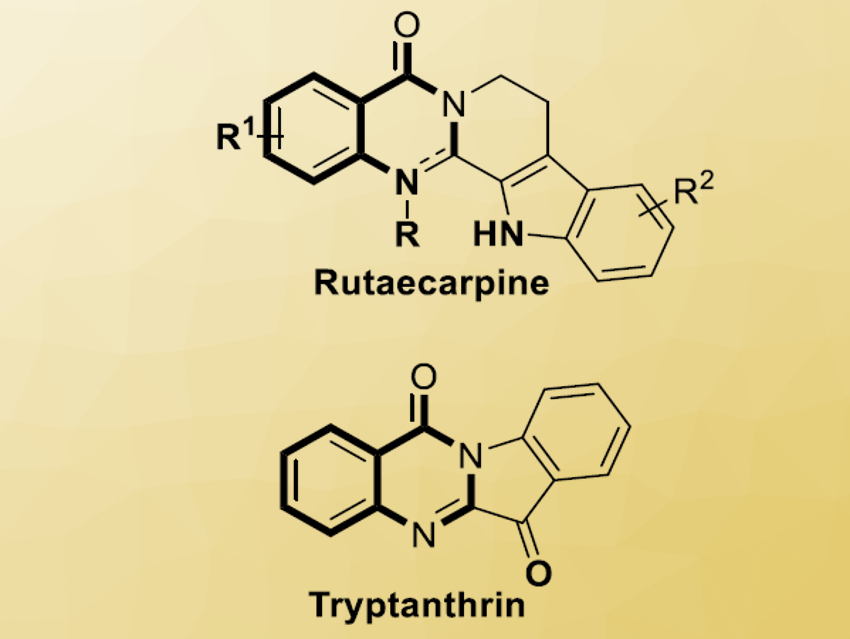
Metal‐Free Synthesis of Polycyclic Quinazolinones
Intramolecular oxidative cyclization gives fused polycyclic quinazolinone derivatives
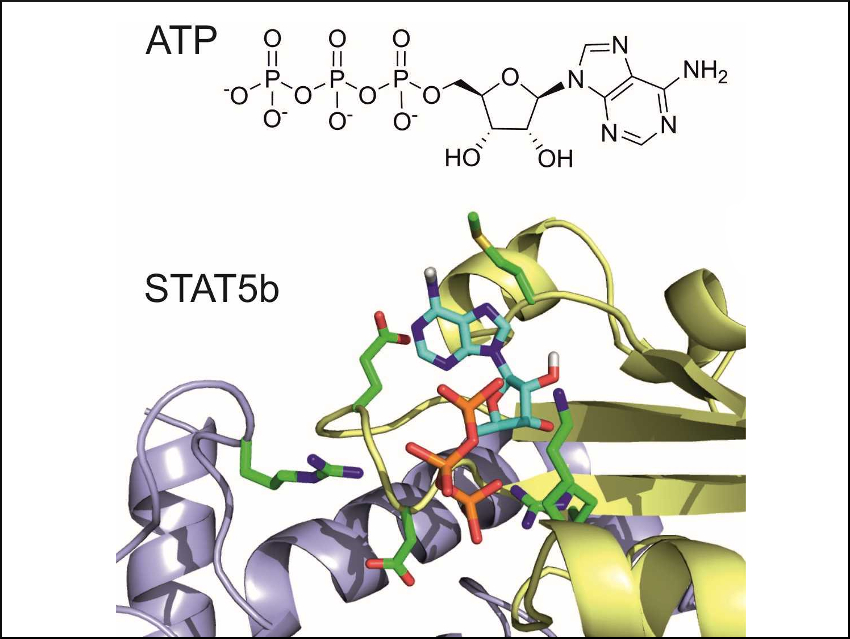
ATP Could Provide a Safety Mechanism against Cancer
ATP and other nucleoside triphosphates inhibit a tumor-relevant transcription factor
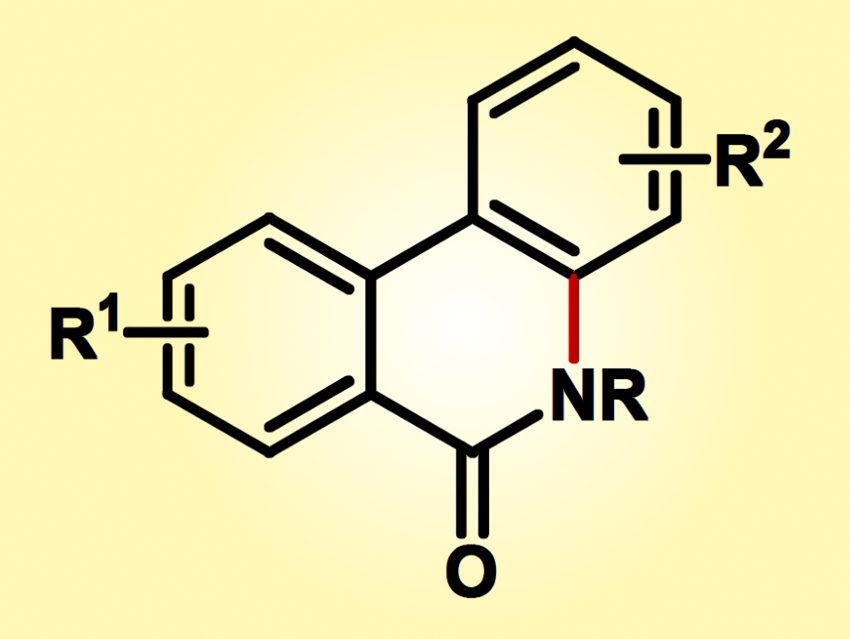
Transition-Metal-Free Synthesis of Phenanthridinones
First phenanthridinone synthesis that progresses via a direct C–H amidation under visible-light irradiation

Great People Don’t Need to Show Off
EuChemS Organic Division President Gianluca Farinola about his fascination for organic chemistry and the importance of young scientists
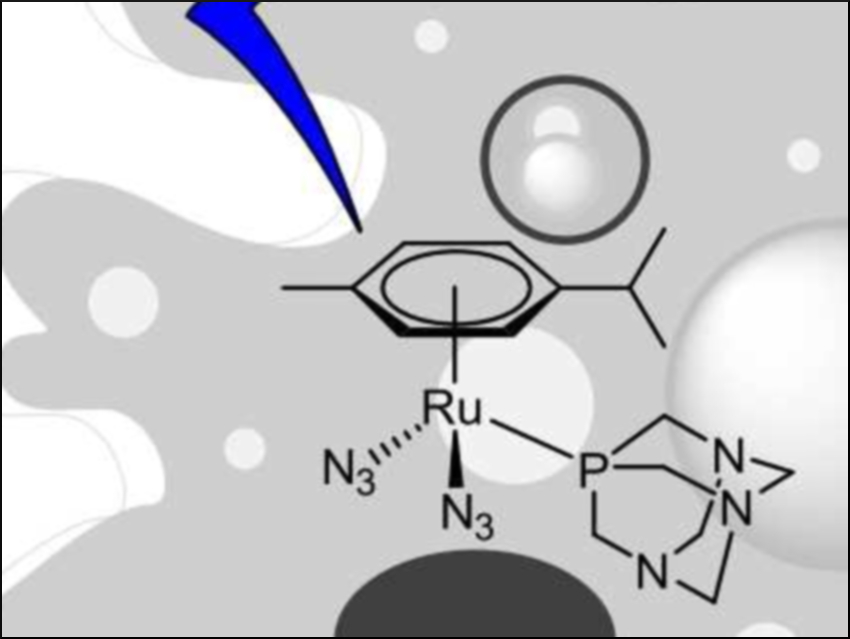
Light-Activated Ruthenium-Arene Anticancer Drugs
Organometallic complexes for photoactivated chemotherapy
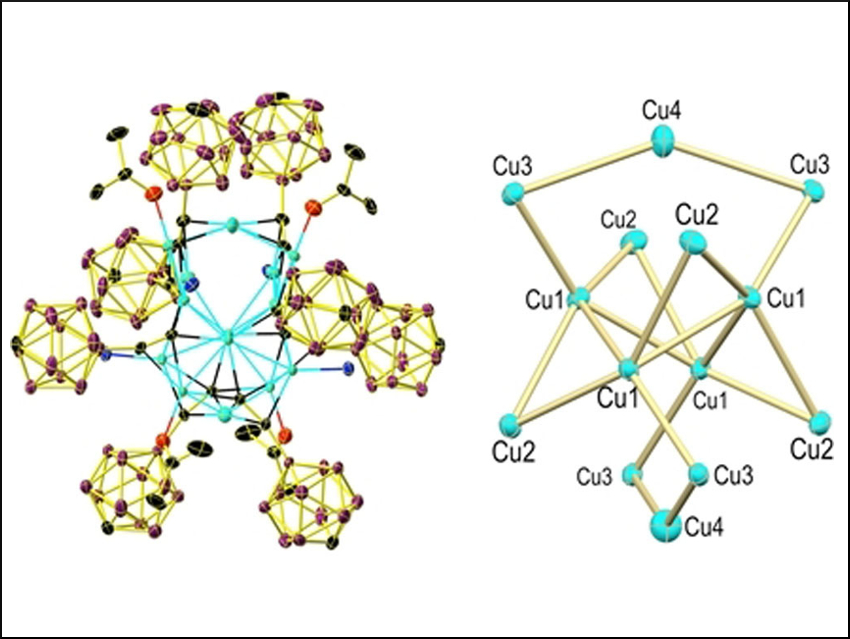
Monocarborane Copper(I) Acetylides
Atomically defined complexes with tunable structural and luminescence properties
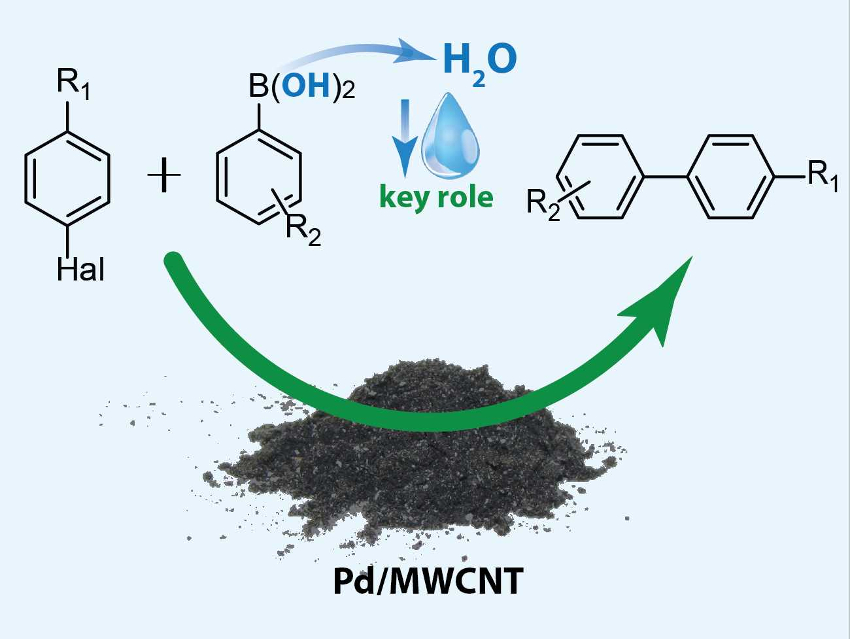
Water Is Key for Solid-State Suzuki-Miyaura Reactions
Phenylboronic acid can act as a source of water molecules